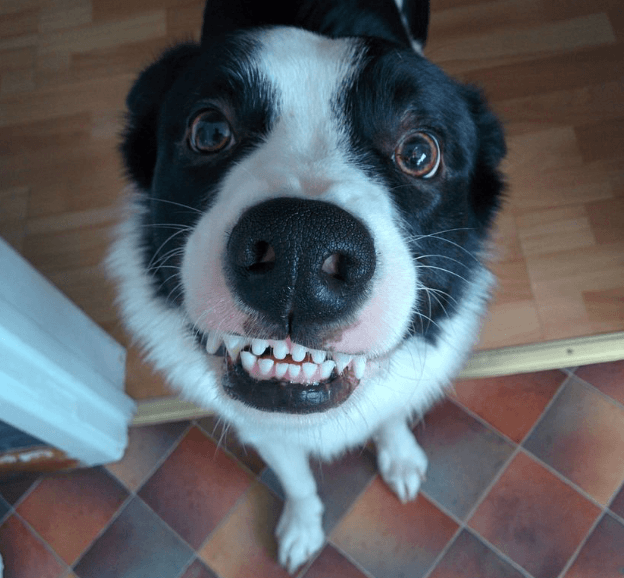
Is my dog or cat warm enough in winter?
Winter has well and truly announced itself in Australia in the last month, and it’s the perfect time to drag out the blankets and comfy winter clothes like the uggies if you haven’t already!
But WAIT, what about our besties?
It’s usually this time of year that longer-haired dogs are looking scraggly and ready for a trim, but should you get them clipped …what about short-haired pups, and cats?
This week we’re talking about the best ways to keep our fur kids warm and safe in these chilly months, and just as importantly – the signs that they may be getting too warm. So let’s get into it!
Guidelines for indoor winter pets.
Pets usually run a little hotter than us humans, especially dogs and cats with longer coats. The general rule is: They’re warm enough if you are (the exception is our hairless friends).
For indoor pets, often we need to look out for them being “too warm”. The first signs are your pet moving to a cooler room, surface or area – or excessive water intake.
So don’t be too offended if your pup gets off the couch and heads to the floor or another room, they’re likely just trying to cool down.
One thing to note, if you have central heating or a home with no “cooler spots”, be sure to monitor your pet closely and try to make a cooler place for them if they need it.

To clip or not to clip?
Your pet’s coat is like a big fluffy jumper, so clipping their coat would feel somewhat like taking a jumper off. Naturally, if your pet is always in a heated room (and covered when outdoors), clipping them is likely not a problem – but try limiting the clipping to only their feet and face, keeping some more length around the midsections.
Great groomers do “winter cuts” for this very reason.
If your pet lives outdoors or sleeps in the laundry etc: Then it’s recommended to leave their coats all winter unless it’s impairing their vision or movement. Just be sure to fill their kennels or sleeping area with blankets and check they aren’t wet in the morning.
It goes without saying, your pet MUST have shelter from the elements, but even undercover areas can get “frosty” in the mornings and their bedding can get wet. Be sure to check!!
Flea & Worming delivered by Aussie Vets, for less than $1 a day.
Washing your dog in winter.
Dogs love the park in winter, running helps warm them up and it’s great exercise to burn off built up energy. But quite often they’ll come back a muddy mess!
One quick hack is to take them in the shower with you (if not a Great Dane:) and wash them ONLY with lukewarm water and dog designed soaps – not human ones. Just ensure they’re fully dry afterwards.
Blow drying is usually not recommended as it’s hard to tell “just how hot” your pet is, but a towel wrestle can be fun!

Coats and jackets for heading outdoors.
When venturing outdoors with your pets like to the park, nothing’s as cute as a pug in a hoodie, and pet clothing isn’t just fashionable – it’s functional. Especially for those with shorter coats.
There are so many options nowadays when it comes to doggy coats and jackets. Follow a footy team, pick up your favourite team’s jersey! Got a favourite superhero or want something fun (pug life!), there are all kinds of accessories that can fulfil the fashionista in even the most discerning of Dachsies!
But remember the golden rule with accessories:
– is it comfortable and safe?
You need to make sure your pet has ample space to breathe and make sure the coat itself breathes. Avoiding synthetic materials is a good idea as these fabrics don’t provide the airflow most pets needs.
The other area to check is if the coat or accessory has any dangling cords or buttons that can be easily swallowed, cause constriction or destroy your pet’s teeth. Avoid all of these.
Winter for older pets.
For those that aren’t such spring chickens anymore, we have to keep a special eye out for them in winter. With a range of inflammatory and arthritic conditions affecting older pets, active warming or medications becomes more necessary when it’s colder. Elderly pets suffering from colder weather may also benefit from a visit to your local vet for a check-up.
As Dr Evan from FleaMail says “a lot of medical conditions are exacerbated by the cold as it affects circulation, blood pressure and exercise”. Something we look out with your pet’s Flea, Tick & Worming during winter – which really is a must (read more here on winter parasite protection).

We hope that with these tips, all our little buddies are toasty and dry this winter and remember one of the best ways to keep your pets (and you) warm is a great big cuddle!




















